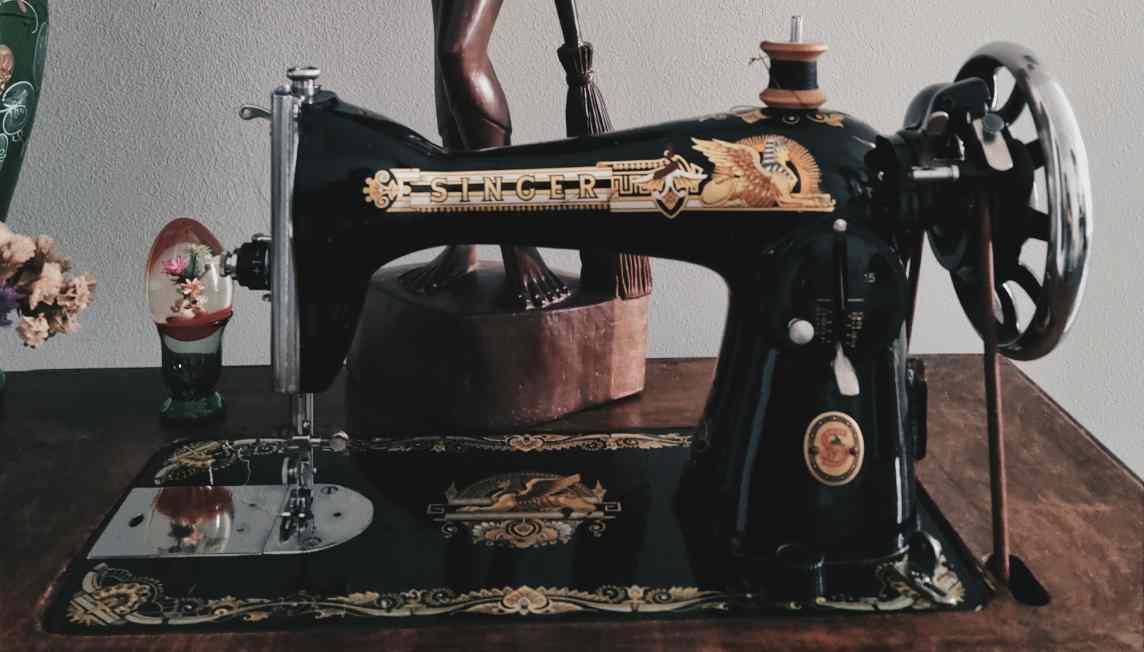The invention and history of the sewing machine
The sewing machine has a long history, starting with a simple patent for a needle attached to a machine, to the cost-effective and mass produced singer devices that were readily available for almost everybody in society.
Who was the first person to invent sewing machine?
Charles Fredrick Wiesenthal was the first person to invent the sewing machine. He was born in 1755 in Germany, But was residing in England at the time of his invention.
1755: The First Patent
In 1755, the inventor Charles Weisenthal was granted the first patent by the British Crown for his invention of a machine. This machine was the first of its kind and revolutionized the way that people manufactured goods. The patent allowed Weisenthal to sell his invention to other manufacturers, who could then produce their own versions of the machine.
1830: The First Successful Sewing Machine
In 1830, Barthelemy Thimonnier invented a machine that used chain stitch to sew. This was the first successful sewing machine. Prior to this, French tailor Thomas Saint had invented a machine that could sew, but it was not successful. Thimonnier's newest machine was much more effective, and it revolutionized the way clothes were made.
1845: Elias Howe & the Lockstitch
In 1845, Elias Howe invented a machine that could sew but with a revolutionary motion. It worked by having a second thread go through a loop, this is called the lockstitch. Which he patented in 1846. This thread went through the fabric, then back over itself to lock in place. The machine was also able to make buttonholes now, and so it was mostly ready for mass production. But there were more improvements yet to come that would make mass hand sewing a thing of the past…
1851: Introducing Isaac Singer
In 1851, Isaac Merritt Singer introduced the first commercially successful sewing machine. Building upon previous inventions (like the lockstitch by Elias Howe) and adding a new action: in his machine the needle was moving up and down instead of side to side. This new machine was also no longer hand-cranked but powered by a foot treadle. These improvements revolutionized the way clothing was made and made it much easier for women to sew their own clothes. Prior to Singer's machine, clothing was sewn by hand with many complications. With Singer's machine, sewing became much faster and more efficient. This was the first machine that made mechanical sewing easy and practical to use in the household.
The Beginning of the Sewing Machine
The modern sewing machine as we know, however, was created in 1790 by Thomas Saint and William Newton Wilson. At this time, Saint and Wilson built a machine that was capable of making a chain stitch using two needles. By 1804, the machine was able to create buttonholes.
During the early 1800s, sewing machines were created by many different inventors in both Europe and America. John Fisher patented the first American sewing machine in 1842. The following year, Elias Howe patented another design and by 1850 Isaac Singer had invented a sewing machine that was operated by a foot pedal.
The sewing machine became very popular during the Civil War because it saved time when making uniforms for soldiers. In the late 1800s, Singer and other companies began mass producing sewing machines. The home market for these machines increased greatly and is still strong today. It was patented in that year and later improved upon by Josef Madersperger and John Knowles. Tailors started using them to make clothes more quickly and efficiently. Inventions such as the sewing machine have helped to change how we dress and what we wear.
Modern day Sewing Machines
The modern sewing machine has come a long way from its early beginnings, slowly adding improvement upon improvement. Today's machines are much more sophisticated and can sew a variety of different fabrics, including many modern fashion fabrics, such as polyester and other synthetic materials, in a variety of weights.
They are still typically operated by pedal, but many also have an on/off switch to make it easier for beginners (and more comfortable for those with disabilities).
The modern sewing machine has a wide range of stitch types available, far more than was available when they first became popular.
These include buttonholes and overcasting stitches, as well as decorative stitches to add personality to garments. Many machines will also do fancy embroidery work and the most advanced can even be connected to computers, making them even more versatile..
When was sewing machine invented
The sewing machine was first patented in 1755 by Charles Fredrick Wiesenthal. However, it was not until the early 1800s that the first functional sewing machine was invented. Since then, the sewing machine has undergone many changes and is now an essential household appliance.
Where was sewing machine invented
Sewing machines were invented in many places, including England, the United States, France, and Germany. However, the first sewing machine was probably invented in England by Thomas Saint in 1790.
Why was sewing machine invented
The sewing machine was invented to help decrease the amount of manual labor needed to sew fabrics and other materials together. This helped to improve the efficiency of production for various items, including clothing, shoes, and other textile products. The invention of the sewing machine also helped to create new jobs in the textile industry, as more workers were needed to operate the machines and produce finished goods.

